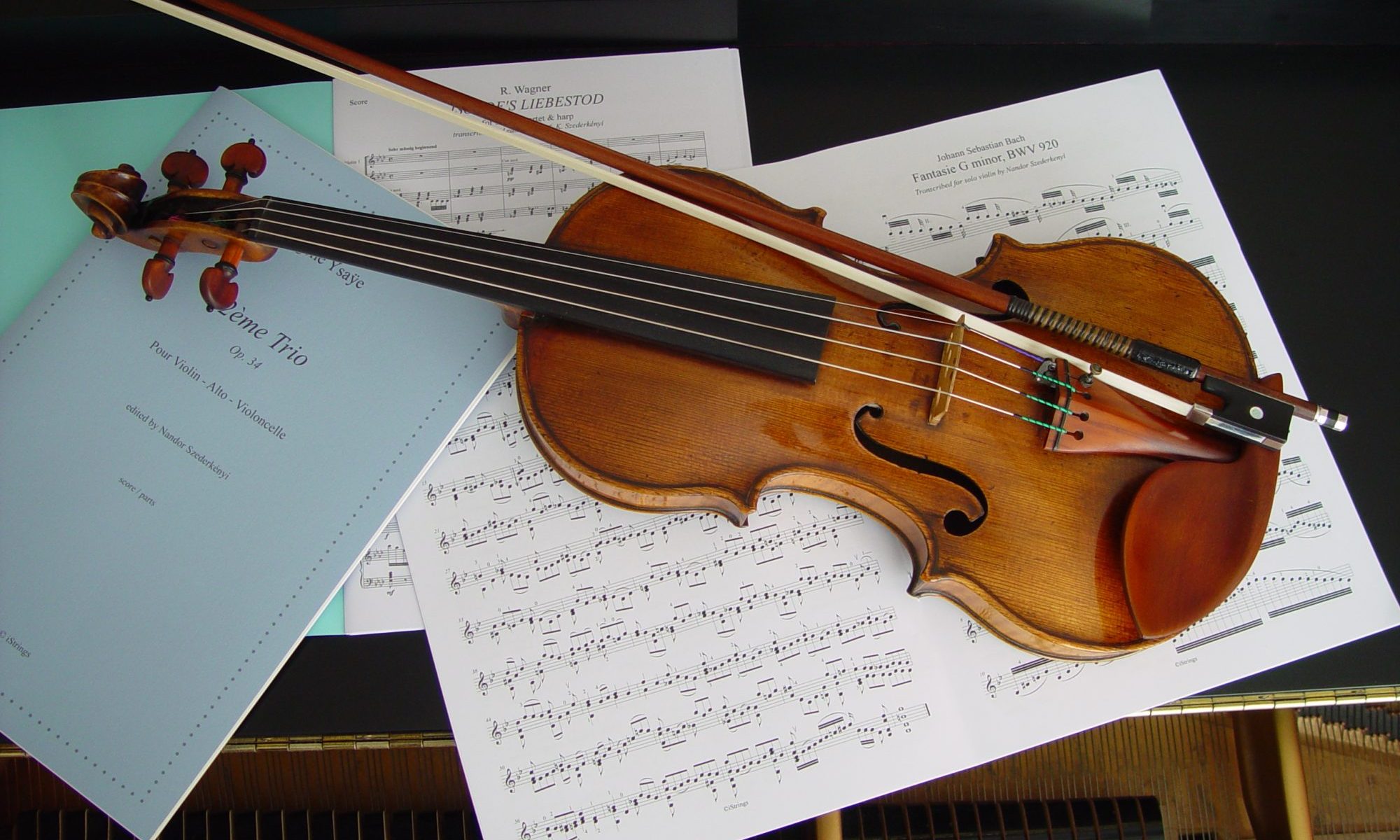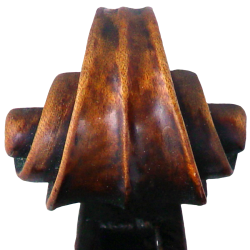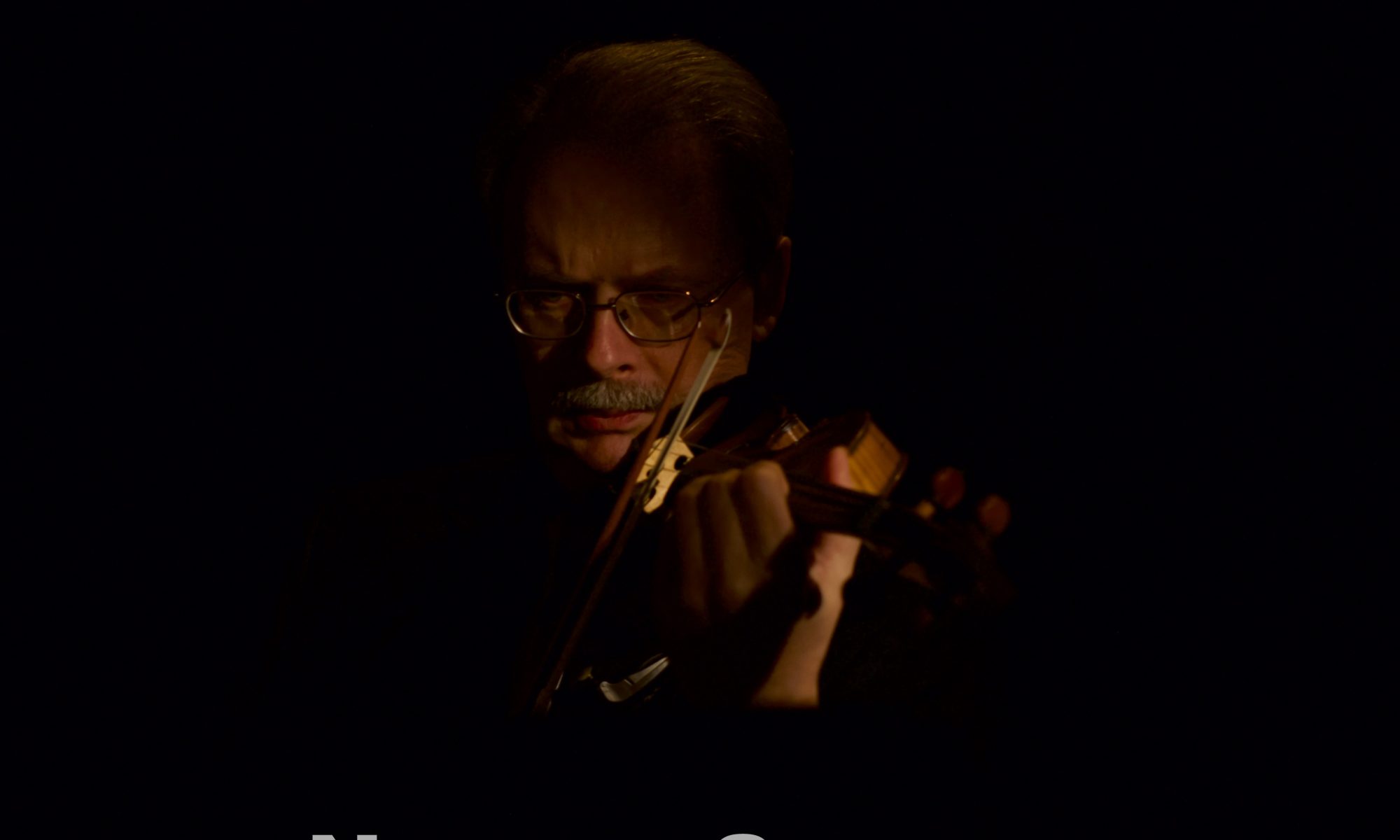As planned, we had a two days audio recording session with simultaneous video recording for the Sonata for Solo Violin by Bartók.
It was in a marvellous old building, now owned by a boarding school near London, just few miles from the Gatwick airport. Luckily, there is no noise pollution from the airport (and anything else) since it is south of the airfield, not allowing airplanes to fly over there. It is actually in the middle of a huge golf course, having no highways or even roads nearby at all. It was the winter semester break at the school, so without the kids it was the most silent environment one can wish for.
After the unhappy ending of the audio/video recordings, I was listening to all the sound files. Unfortunately, as I expected, there were a lots of unwanted noises and even much worse, sections with completely different acoustic characteristics. As they were trying to get close shots of me playing, the cameras came very often way too close to me, covering the acoustic field of the microphones.
Because we didn’t have much time, two days, both with set up and “set down” times, so I couldn’t spend much more than an hour for each movement. Well, also because of the technical demand of the piece, like the second movement Fugue, it is almost impossible to play it more than 3-4 times in a row without collapsing after. So the takes of each movements were actually not very long, couple of full length, main sections a few times and some small corrections.
I started with the second movement, Fuga. As the most technically difficult movement, I was perhaps mostly prepared and I wanted to avoid making small takes, like I did when I first recorded it about 30 years ago. It was a wonderful experience, playing it absolutely free, without fear of mistakes, knowing that I am well prepared and have a wonderful idea of this extreme complex music. Of course, I’ve got tired after a short while but it was pleasing how the progress was noticeable.
After a short break I continued with the beautiful third movement, Melodia, maybe my favoured one of all.
We made some changes of the video lighting but basically it was the same spot light just in a bit different angle.
I played three times without interruption through and did a few takes of each sections. This beautiful music made me absolutely calm and I was pleased that there were not too much movement from the cameras. However, no matter how carefully they moved, there were many disturbing noises, even sudden knocks of the floor just because of some small movement even by my self while playing.
About in the middle of this movement came in the schoolmaster. As he was excited about this project very much, I can imagine how curious he was to see and hear our work. It was a bit of a disruption but I was happy that he came and how very interested he was to see how such recording is being done.
I arrived on the second day much earlier than the video people. I wanted to check what we did the day before, the sound, and generally if it was all in order.
By the time we were ready to record it was almost midday, I warmed up already several times when finally they were ready with the video equipment.
With cold hands, because the heating was turned off for the semester break in the school, I was preparing to start with the last movement, Presto, as we agreed the day before on. Unfortunately, there must have been some misunderstanding, I believe the film director wanted to start with the first movement and ignored my wish of doing the last movement first, so the setup took long to change. I couldn’t understand why was it a problem for her to understand that this was an audio recording with video “in the background” and not the other way around. Means, it was only my decision to choose the order of the recording. However, after some minutes of arguing and changing the lighting we were going on with the last movement.
After a while I could get my fingers warm again, as mentioned before it was getting more and more cold, well, it was the beginning of February after all. I could manage this movement quite quickly, getting to the longest, most monumental part of the work, the first movement, Tempo di ciaccona.
The structure of this movement is more like a sonata form, (the title is really only a tempo or “style” indication) divided for three parts, easily manageable for the recording. Unfortunately I did not make at the end another full movement take. That made my life somewhat more difficult at the editing stage, especially because of having more and more noises, probably due to the feeling of being in the finish line, spending less attention for sudden motions. But it was done, I was really happy, and I was looking forward to listen to all the files.
After making the backups, I could listen to it but at the same time I had to prepare for another project that took me away for one week. After coming back I started the editing right the way and was able to finish it in a surprisingly short time. Just couple of days ago are the masters ready, now waiting for the approval for iTunes and other digital distribution sites.
There is also a short video on YouTube, with samples of each movement.
At the beginning of May we have our next recording session with my daughter Katrina (harp) in Germany and there we will make the sync video recording also for the movie about this marvellous work. All in planning yet but we have some great ideas to present this wonderful music for a broad audience.


